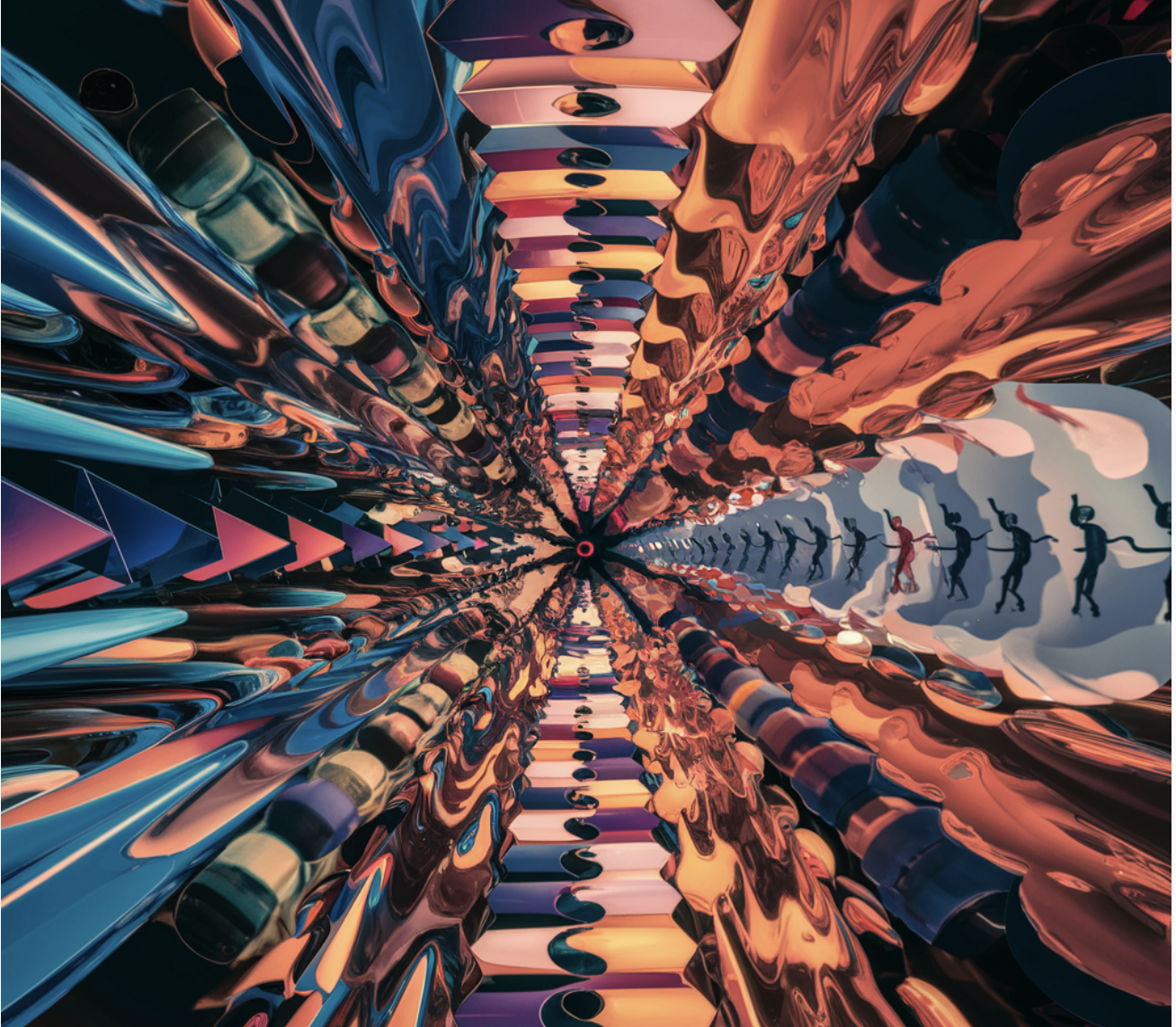
Transformative Potential
Google DeepMind’s Video-to-Audio (V2A) technology revolutionizes AI-driven media creation by generating synchronized audiovisual content, combining video footage with dynamic soundtracks, including dramatic scores, realistic sound effects, and dialogue matching the characters and tone of a video. It extends to various types of footage, unlocking new creative possibilities.
Technological Backbone
The core of V2A technology lies in its sophisticated use of autoregressive and diffusion approaches, favoring the diffusion-based method for superior realism in audio-video synchronization. The process encodes video input into a compressed representation, followed by iteratively refining the audio from random noise, guided by visual input and natural language prompts. This method results in synchronized, realistic audio closely aligned with the video’s action.
Innovative Approach and Challenges
V2A technology stands out for its ability to understand raw pixels and function without mandatory text prompts. It eliminates the need for manual alignment of generated sound with video, but faces challenges related to the quality of video input and lip synchronization for videos involving speech.
Future Prospects
V2A technology paves the way for more immersive and engaging media experiences, promising a bright future for AI in bringing generated movies to life. It holds the potential to transform not only the entertainment industry but also various fields where audiovisual content plays a crucial role.


























